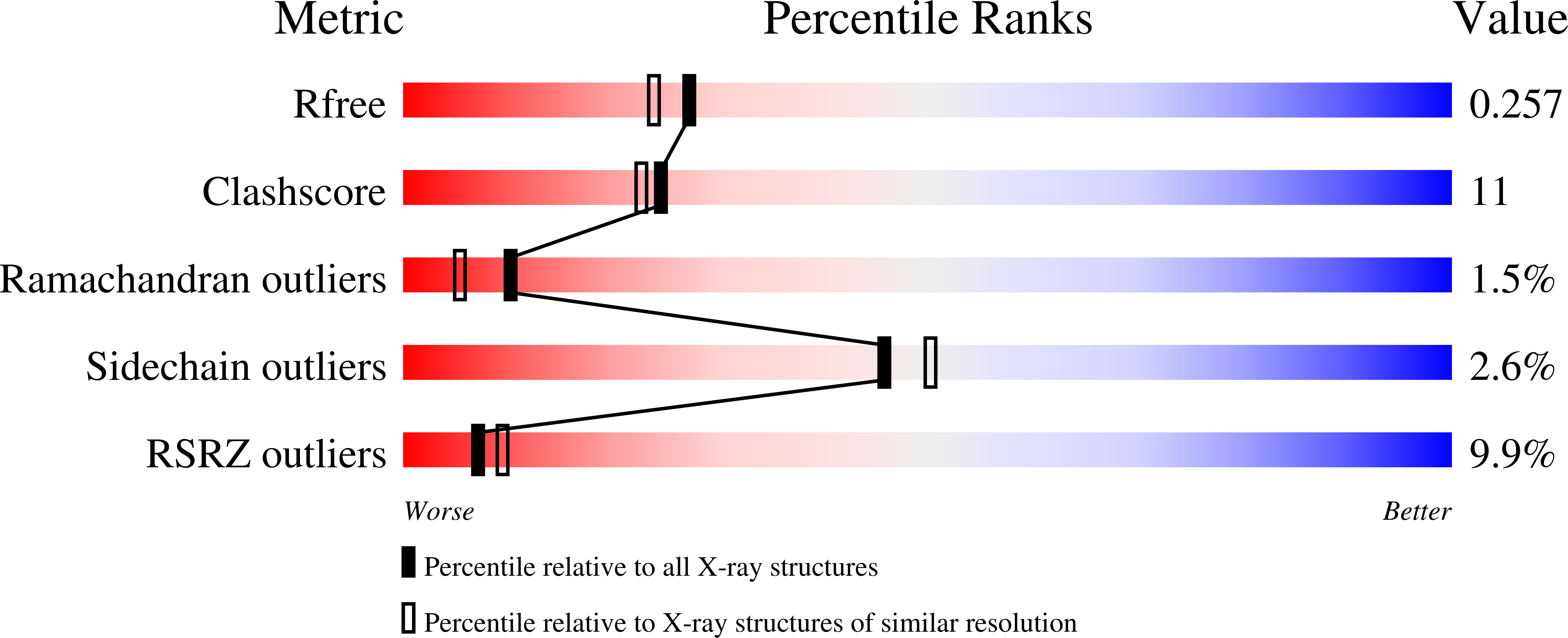
Deposition Date
2004-10-21
Release Date
2004-12-21
Last Version Date
2024-02-14
Entry Detail
PDB ID:
1XTG
Keywords:
Title:
Crystal structure of NEUROTOXIN BONT/A complexed with Synaptosomal-associated protein 25
Biological Source:
Source Organism:
Clostridium botulinum (Taxon ID: 1491)
Homo sapiens (Taxon ID: 9606)
Homo sapiens (Taxon ID: 9606)
Host Organism:
Method Details:
Experimental Method:
Resolution:
2.10 Å
R-Value Free:
0.24
R-Value Work:
0.21
R-Value Observed:
0.21
Space Group:
P 43 21 2


